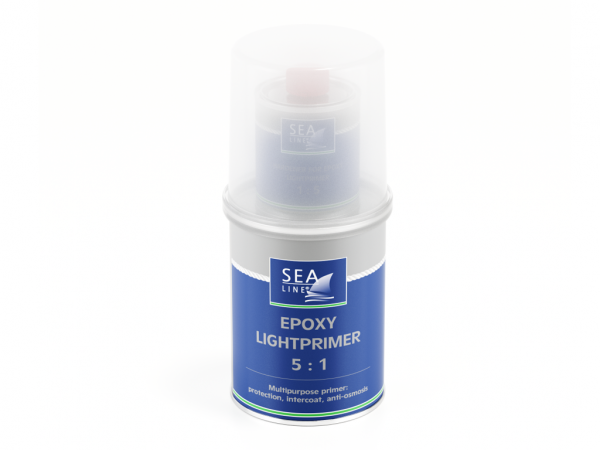
| Type | GRP, laminates, wood | |
| Place | Above and below waterline | |
| Function | Grounding Intercoating Filling coat Antiosmotic | |
| Application | brush, roll, spray gun | |
| Thinning | Yes – thinner for epoxy | |
| Theoretical coverage For 1l | 10-11 m2 for 90 μm WFT/ 60 μm DFT | |
| Number of coats | 1 – 5 | |
| Pot life 20°C | 2 h | |
| Time between layers without sanding | Min 4h Max 5 days | |
| Pack | code | |
| Color (matt) | white | grey |
| 0,750l – 3,0l – 5,0l – 15 l – | 5077 8388 6093 6092 | 9200 9199 X 1312 |
ROLLER / BRUSH
SPRAY
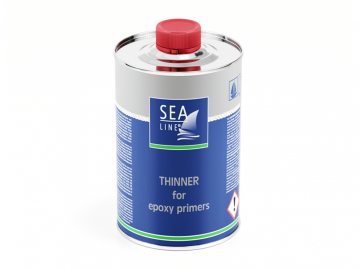
Thinner for all Sea-Line epoxy primers. It is very important to use paint thinners, which provide the appropriate parameters of […]
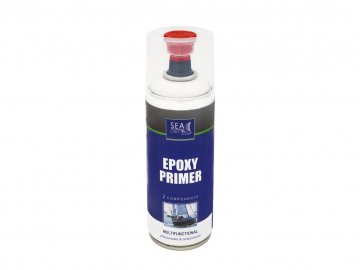
EPOXY PRIMER MULTIFUNCTIONAL 2K SPRAY PRODUCT DISCRIPTION: Multifunctional two components epoxy primer in spray can Simple activating system for two […]
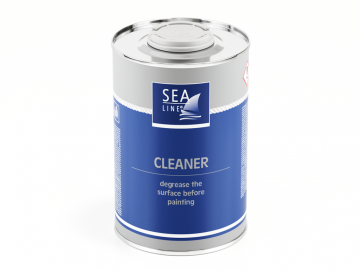
Cleaner – recommended to degrease the surface before painting. Silicone remover is the product used for surface cleaning before lacquering. […]
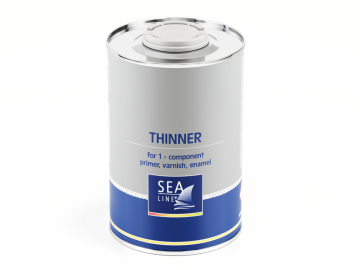
It is very important to use paint thinners, which provide the appropriate parameters of paint – flow, pot life, time […]
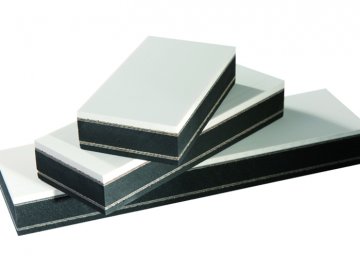
CORK SANDING BLOCK FOAM SANDING BLOCK PLASTIC SANDING BLOCK PROTECTIVE FOIL PAPER TOWEL (ROLL) ANTISTATIC RAGS CORK SANDING BLOCK Sanding […]
If the scratches are not deep, then we can renew the scratched side by polishing with Sea-Line polishing pastes. Above the waterline, when the scratches are not deep, the surface can be repaired with a DRY FAST gel coat filler. Deep scratches should be filled with epoxy filler (selected depending on the requirements of the scratched surface), painted with a primer and then painted with topcoat.

Refilling and to tackle inequalities caused by damage to or during the course of production

Protects boat surfaces from the effects of destructive activities osmosis and corrosion

Provide an aesthetic and a perfect look of the boat also protective against water and UV radiation

Protect the hull from fouling with algae and shells

Effectively remove scratches, refresh the color of gelcoat or paint, fast shine effect

Special preparations for effective cleaning and refinishing

Laminating, gluing and filling in cracks in gelcoat

Range of products useful in the boat builder work